#Donau River
Explore tagged Tumblr posts
Text










Komárno, Slovakia 🇸🇰
#simajviews#plants#urbanism#street#slovak tumblr#slovakia#slovak nature#town#city#komarno#komarno slovakia#svk#original phography#original photography blog#original photography on tumblr#city photography#sky#sunset#clouds#cloudy#donau#riverside#dunaj#donau river#danube#architecture#strretphotography#pink sky#shipyard#crane
2 notes
·
View notes
Text





Regensburg old town
Bavaria. Germany
#architecture#architecture photography#exterior#exterior architecture#exterior photography#Old town#Old town photography#altstadt#old buildings#cathedral#Gothic cathedral#gothic architecture#cathedral photography#church#church photography#gothic church#tower#city hall#Danube#River#Donau#traveling#photographer on tumblr#Bayern#Bavaria#Regensburg#Germany#original photography#original photographers#original photography on tumblr
200 notes
·
View notes
Text
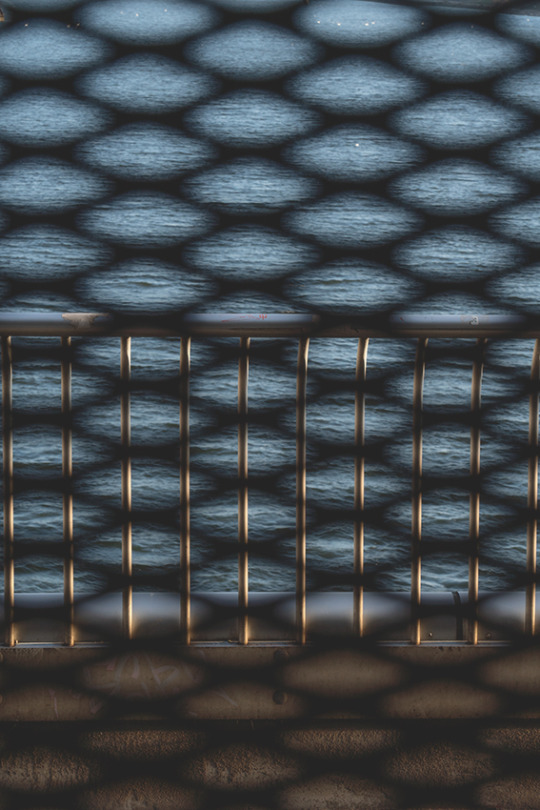
one a day 30/366
"riverside" / Vienna / Austria / ©Julia Lametta
#photography#bridge#river#danube#visual protection#sunny sunday#winter#light and shadow#donau#donauinsel#vienna#austria#seriesONE.A.DAY#julialametta#original photographers
91 notes
·
View notes
Photo


Afternoon on the Donau.
Vienna, Austria
#Austria#Vienna#35mm#analogue#film photography#tumblr photographer#photographers on tumblr#Donau#danube#river#picnic#naturecore#on the river#biking#reclaimed by nature#beach day#summer
248 notes
·
View notes
Text
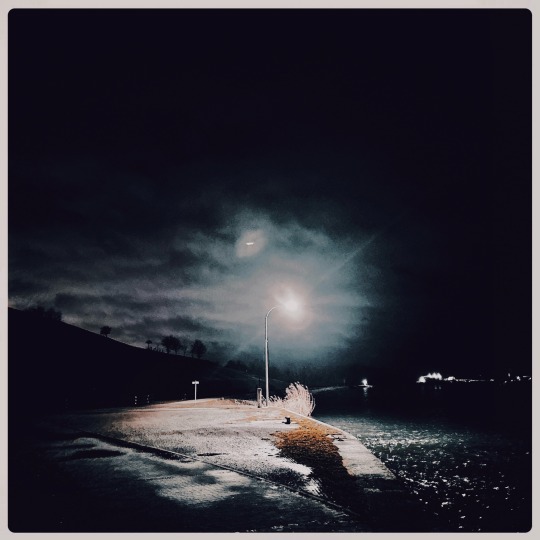
#biologyfiction#photographers on tumblr#original photographers#original content#nature#natur#fürth#hafen#harbour#fluss#river#main donau kanal#kanal#canal#müllberg#laterne#nacht#night
7 notes
·
View notes
Text
Budapest By Night

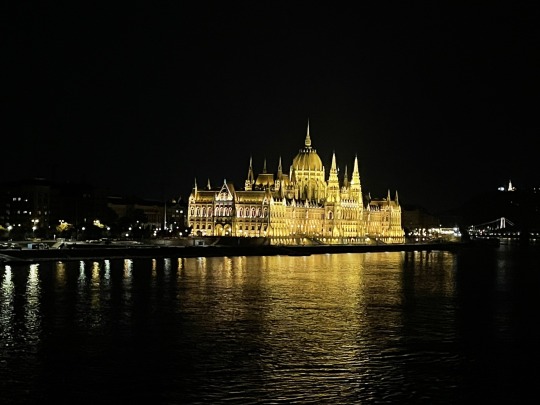

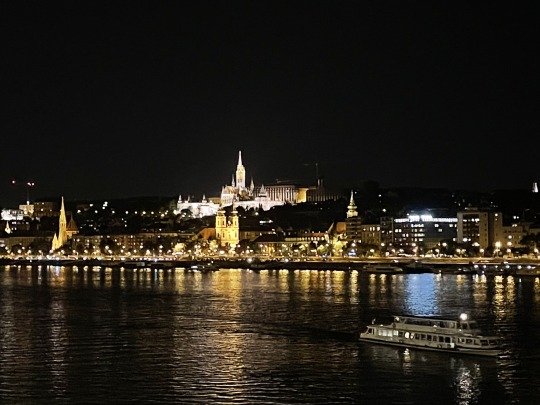
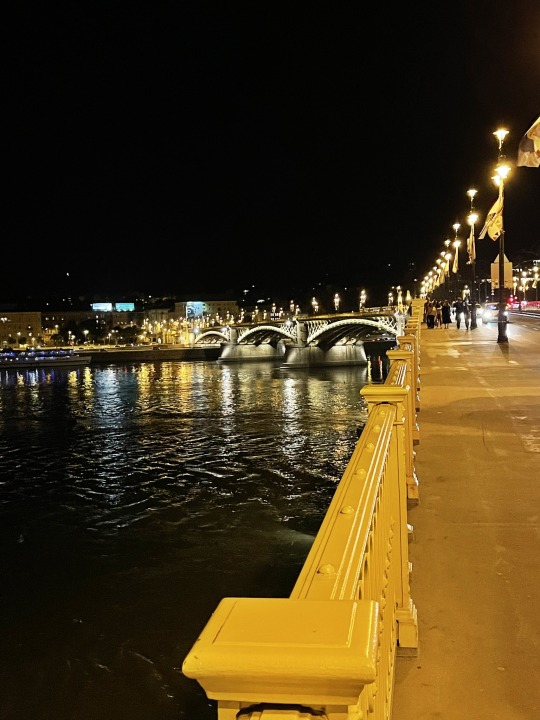

14 notes
·
View notes
Text

9 notes
·
View notes
Text
Neue Donau, Vienna/ Austria 🇦🇹
#travel#travels#traveler#reisen#photography#photoshop#photoblog#vlog blog#urlaub#vienna#النمسا#فيينا#wienstagram#austria wien#wienie#wienerwald#wien#donaukanal#donau#danube#river#riot#fluss#traveller#travelgram#travel blog#nature photopragpy#nature photoshoot#natural#naturaleza
1 note
·
View note
Photo

A random stop in a small town on the Danube - Ybbs an der Donau, once a customs post for salt barges heading for Vienna . . 🇦🇹 🚙🏛️🏞️ . . #travel #キャンプ #キャンパス #camping #motorhomelife #campinglife #camper #motorhoming #summer #austria #austria #österreich #オーストリア #townscape #river #danube #donau #ybbsanderdonau #oldtown #view #川 #ドナウ川 #smalltown #stopover #ontheroad #overnight (at Ybbs an der Donau) https://www.instagram.com/p/Co10B8TIsh3/?igshid=NGJjMDIxMWI=
#travel#キャンプ#キャンパス#camping#motorhomelife#campinglife#camper#motorhoming#summer#austria#österreich#オーストリア#townscape#river#danube#donau#ybbsanderdonau#oldtown#view#川#ドナウ川#smalltown#stopover#ontheroad#overnight
0 notes
Text

Liberty Bridge over the Danube, Budapest - (Szabadság-híd a Dunán, Budapest), 2024.
After an enlightening, exhausting and very hot (over 40 degrees C on several days) trip to Central Europe, I am home for a few days before leaving for the West Coast. I shall try to queue some photos for the next couple of weeks, though I have all too many other things I should deal with.
Budapest is a fascinating place, an Imperial City with an unparalleled collection of architecture from the late medieval period to the present. Like Paris, Budapest makes the most of its riverfront, so a walk along the riverside brings all kinds of wondrous things into view. The Liberty Bridge was built in the 1890s and was originally named in honor of Emperor Franz Josef. It remains one of the most impressive of the several fine bridges across the Danube - Dunán - Duanj - Donau to use four of the several names the great river is given.
16 notes
·
View notes
Text






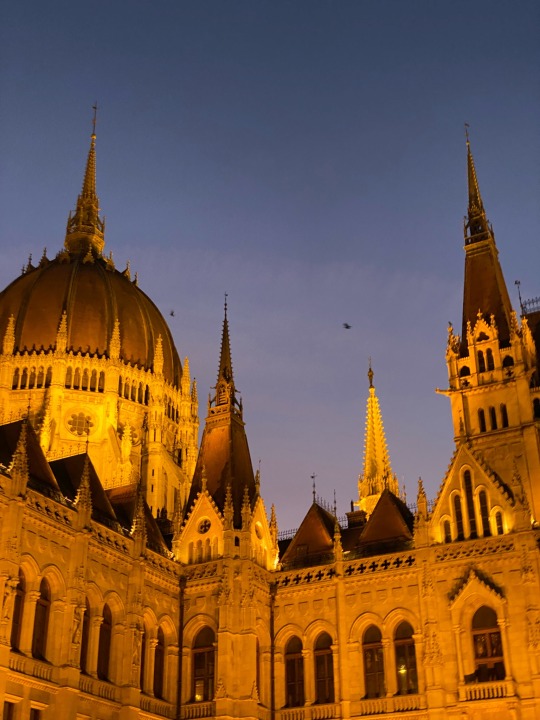

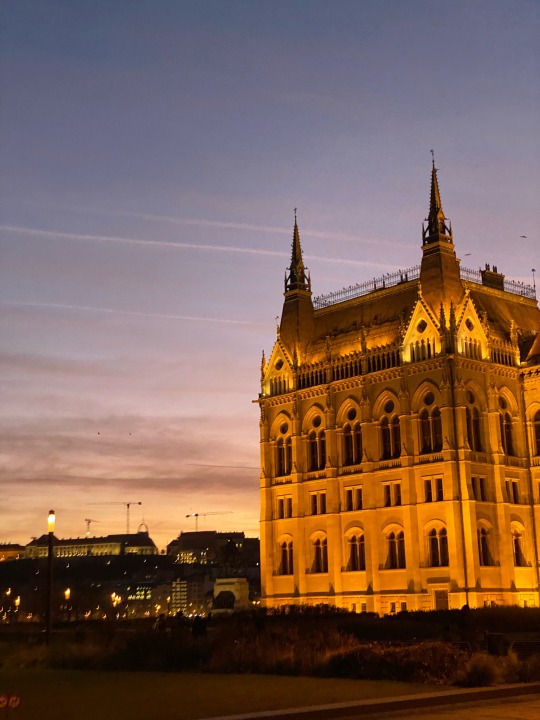

Budapest, Hungarian Parliament Building
#simajviews#budapest#buda#pest#city#town#visit budapest#sunset#sun light#sun#orange sky#sky#winter#orange#donau#danube#riverside#river#parlament#budapest parlament#architecture#street#urban photography#urban#urbanism#night sky#hungary#original phography#original photography blog#original photography on tumblr
14 notes
·
View notes
Text



Through the window
Regensburg. Germany
#architecture#town#town photography#City#city photography#Urban#urban photography#traveling#River#river photography#tower#City hall#Old town#Old town photography#red roofs#Danube#danube river#Donau#looking through window#through window#cloudy#photographer on tumblr#Bayern#Bavaria#Regensburg#Germany#original photography#original photographers#original photography on tumblr#photography
107 notes
·
View notes
Text
Day 4 of Hellenic Polytheism
Are there any deities you don’t currently worship but want to learn about? by @wisdom-devotee
I have realized I know basically nothing about Poseidon. I don't have any inclination to worship him but I was shocked with how little I knew. I had no clue how connected to horses he was or how "old" he possibly is, nor his connections to Desponia or Peloponenese. [Disclaimer: I have not read all the sources]
Met Museum:

Poseidon, Herakles, and Hermes fishing. The immortals of Mount Olympos were not exclusively engaged in momentous feats. Here three of them are shown fishing, each perched on a rock. Poseidon holds his catch in one hand, his trident in the other; Herakles tries his luck with a rod; and Hermes gesticulates at the right." Terracotta lekythos (oil flask) ca. 515 BCE Greek, Attic. Met Museum — Link
Encyclopedia of Ancient History: Poseidon by Ioannis Mylonopoulos — Link
Theoi Project Poseidon — Link

Boeotian Black Figure. Bowl, Three-Handled. ca 5th Century BCE. The Gorgon Medusa lies dead, beheaded by the hero Perseus. On the left, the god Poseidon strides forward with a trident in one hand and a dolphin at his feet. One of the Gorgons rushes towards him with arms outstretched. She is crowned with a pair of serpents and wears two snakes tied as a girdle about the waist. Behind her, Medusa lies dead with blood squirting from the severed stump of her neck. The winged, horse Pegasus flies just above her, born in the gout of blood. — Link
The Indo-European Attribute of Poseidon as the Water God by Nobuo Komita — Link (Link to Google Scholar and PDF is a download)
Abstract: Generally Poseidon is regarded as the Greek sea god; however, besides his maritime attribute, he seems to have closely associated with fresh water. As the myth of Amymone indicates, Poseidon produced springs which formed the Lerna River; in addition, Amymone is concerned with water as the river and springs of her name imply. And as the myth of the Alban Lake suggests, Neptunus, the Roman equivalent of Poseidon, is also closely associated with fresh water. The etymology of Neptunus is interpreted as 'Nephew of Water'. The etymology of Poseidon also indicates that Poseidon seems to be concerned with warer; the *da-component of Poseidon is explained as proto-1-E 'fowing water'. In eastern and central Europe, major river names such as the Don, the Dnieper, the Doniester, and the Donau have the * da- component. These features imply that the etymology of Poseidon can be interpreted as 'Husband of Waters' indicating Poseidon as a fertility god, and similarly his seismic attribute is related with water (earth water'). The Indo-European sky god Zeus is also associated with water sending the rain to fertilize the earth, which indicates that Zeus and Poseidon share the same role as a fertility spirit. Originally Poseidon was the Indo-European water god associated with fertility, and Poseidon seems to have acquired his maritime aspect in Greece. However, his etymology and various features concerning water designate that Poseidon firmly retained his original Indo-European attribute. (sorry if this is wonky copy/paste was weird)
Pu-ro, pa-ki-ja-na/-ne, and the Sanctuary of Poseidon at Pylos By Barbara Montecchi — Link
From Article: the hypothesis is put forward that the temple of Poseidon (po-si-da-i-jo), which is linked to both pu-ro and pa-ki-ja-ne (PY Tn 316), should be identified with the central megaron of the Palace, the religious role of which is well known. Poseidon indeed appears as the most prominent god of the Pylos kingdom
Continuity From the Mycenaean Period in a Historical Boeotiam Cult of Poseidon (And Erinys) by Thomas Palaima — Link
From Article: ...in the full range of Mycenaean culture and its place within the Hellenic tradition, past and present. He has also been interested in detailing the archaeological evidence for what leading researchers call 'the horse of Poseidon', i.e., the terrible earthquake damage that might have contributed to the demise of Mycenaean palatial culture. I offer this exploration into continuity of an unusual cult of Poseidon in Boeotia from the Bronze Age into the classical period
Mythical and ritual landscapes of Poseidon Hippios in Arcadia by Julie Baleriaux — Link
Abstract: Poseidon has recently benefited from renewed scholarly attention, contributing to re-evaluate his role in ancient Greek imaginary. By opening the research previously limited to literary evidence to the archaeological and topographical evidence, new perspectives on “Poseidonian landscapes” have emerged. Arcadia, a land-locked region where Poseidon Hippios is celebrated with fervour, is here taken as a case study to try and go further in identifying the god’s realm of action. Areas with floods seem to be his preferred worship places, while in other areas he plays a crucial part in myths but is hardly worshipped alone. There also seems to be a connection between his patronage over freshwater and horses. Overall, natural observation seems to have been instrumental in choosing the location of his worship places.
From Polis to Borders: Demarcation of Social and Ritual Space in the Sanctuary of Poseidon at Kalaureia, Greece by Pakkanen Petra — Link
Abstract: This article focuses on three interrelated themes in the study of ancient Greek religion, looked at through the material evidence from the sanctuary of Poseidon at Kalaureia on the island of Poros, Greece. First, I look at the so-called polis model and its applicability to an interpretation of Kalaureian material related to the cultic life of the sanctuary from the point of view of the 'historiography' of Greek religion. I then discuss the historical context of the archaeological material, with particular emphasis on the topic of the sanctuary as a known place of asylum particularly during the Hellenistic period. Thirdly, I examine the archaeological material related to eating and dining and its potential connection to the demarcation between sacred and profane activities and between sacralised and profane space in the sanctuary, with special interpretative attention to the significance of border(s) and boundaries. Drawing attention to these issues may help us understand the dynamics and interplay between 'official' and 'private' aspects of ancient Greek religion, within both the tradition of the scholarship of ancient Greek religion and the so-called 'archaeology of cult'.
Further Insights on the Cult of Poseidon Helikonios in Helike (IV)* by Dora Katsonopoulou — Link , PDF
From Article:
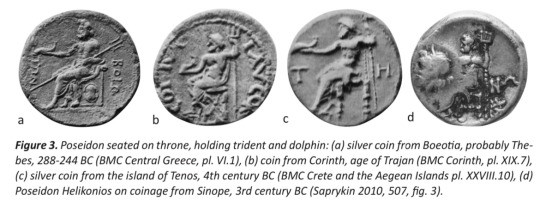
The cult statue in Poseidon's temple probably showed the god seated, holding trident in one hand and dolphin (fish) in the other. This type of Poseidon enthroned is represented on coinage of a number of cities associated with his worship (Fig. 3a-c); more interestingly, a similar depiction of the god, even identified as Helikonios, is preserved on early 3rd century BC coins from Sinope, where he was strongly worshipped. On the reverse of these coins, Poseidon is shown seated on throne to left, holding dolphin in his right hand and leaning with his left hand on trident; on the countermark of the coin illustrated, a diademed radiant head of a god (Zeus or Poseidon) to the left is depicted (Fig. 3d).
Reflections on the gems depicting the contest of Athena and Poseidon by Hadrien Rambach — Link
From Article:

This article examines the depiction on engraved gems - with essential detours to marble sculpture and numismatics - of the "dispute of Athena and Poseidon", or rather the presentation of the gifts, with the gods facing each other. The most famous is a cameo in Naples (plate 1), [...] engraved gems, this large cameo measures over 50mm in height. Believed to date from the late 1st century BCE. [...] Part of the attraction - and mystery - of the cameo is the unexplained series of engravings in the exergue: two palm trees, two shells, two wheels (?), the IY monogram, and another, unidentified object (plate 2)
The Sanctuary of Poseidon at Onchestos from Onchestos Excavation Project — Link
From website: Sanctuary of Poseidon at Onchestos has left its mark in the literary works of the ancient Greek civilization as a longstanding religious and political hub in Boeotia. From the 1960s on, sporadic archaeological investigations at the site provided tantalizing glimpses at the extent of the sanctuary and its influence over the region.

Site A of Sanctuary
Louvre Museum:
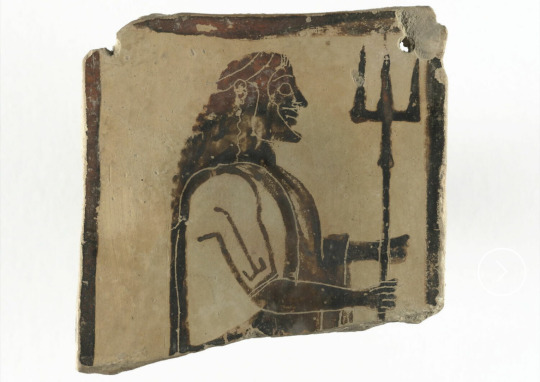
Fragment. Poseidon (remains, standing, headband, chiton, himation, holding, trident); framing net. Late Corinthian 6th Century BCE ca. 550-525 BCE . — Link
Paywalled: Poseidon's Festival at the Winter Solstice by Noel Robertson — Link
#polytheism#paganism#helpol#hellenic polytheism#poseidon#poseidon deity#ofthetheoi#31 days of helpol#large resource#Out of all the Greek Gods I've researched he is significantly more difficult than the others for academic/reputable sources#feel free to add#had to private and unpriavte this because it posed before i finished#y'all the amount of tabs my browserS have open right now
12 notes
·
View notes
Text
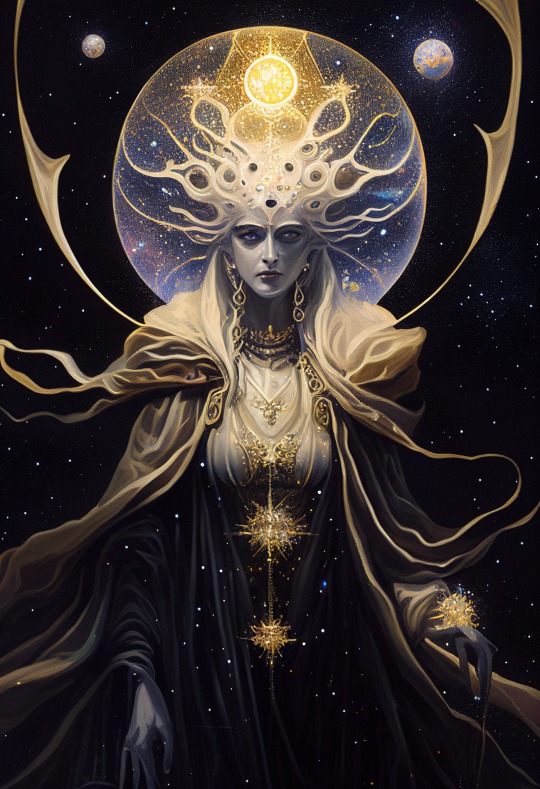
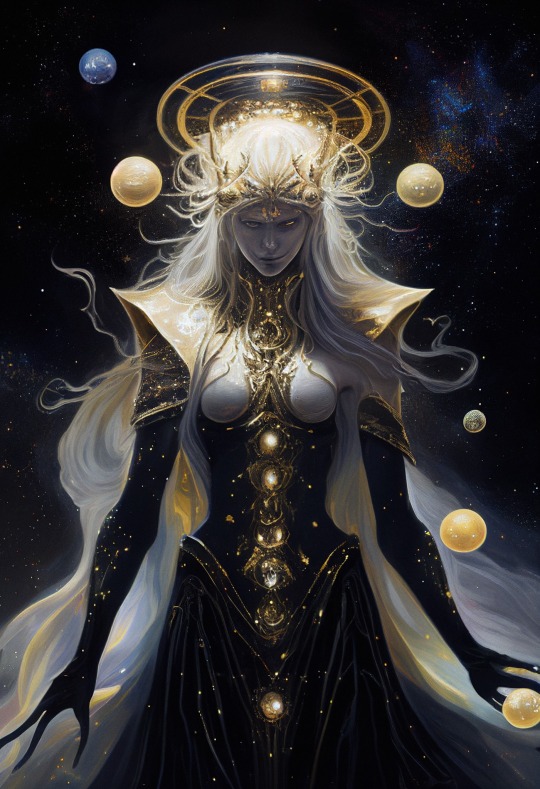

Goddess Danu 'Tuatha Dè Danann'
Danu, Great Mother Dana, Anu, Ana, Anann, Danand, Dôn (Wales), Danuvius (Roman), Duna (Hungarian), Donau (German)
Danu is an ancient Irish triple goddess who is considered the “Great Mother” of Ireland.
She is the Mother of the Irish gods and faery people, the Tuatha Dé Danann , which literally means the “People of the Goddess Danu”.
Danu means knowledge, wisdom, wealth and abundance. However her name is also connected to water, and could mean ‘the flowing one’.
Danu is thought to have married Bilé and was the mother of the Dagda, the chief leader of the Tuatha Dé Danann. In other myths, she is known as the daughter or lover of the Dagda.
Her other children included Nuada, Dian Cécht, Ogma, Airmid, Etan, Miach, Cian/Kian, Sawan and Goibhniu.
Because of the similarities in correspondences, Danu has been associated with other goddesses, including Anu, the Universal Mother, and the Morrigan, the goddess of war.
Danu is also very similar to the Welsh goddess Dôn, who is the mother figure of the medieval tales in the Mabinogion.
Danu was also sometimes associated with Brigid, the daughter of the Dagda.
It is thought through her association with water, the River Danube was named after her.
Also, there are two round-topped hills in County Kerry, Ireland, called Da Chich Anu/Anann (the Paps of Anu), thought to represent the two breasts of Danu/Anu.
Danu has a strong connection to the land and water. She is a goddess of fertility, bounty, plenty, prosperity, wind, rivers, water, wells, wisdom, and inspiration.
Some of Danu’s symbols include holy stones, horses, seagulls, fish, amber, gold, flowing water, air, wind, earth, moon, keys and crowns.
Danu reminds us that we are capable of realizing our own dreams, empowering us to create our own destiny.
34 notes
·
View notes
Note
Hello dear Sol! I hope everything is well and smooth with your life lately! I saw your recent post about what's coming soon and I got really excited, I'm happy that you liked the little idea that I mentioned earlier 🤭🤭
As for me, I've been spending some time abroad these days and trying to get rid of the stress of past few months😅 And actually, I'm going to Vienna tomorrow and that's my first time visiting there, I am wondering about that city more as I'm reading your fics 😉
Sooo today's question is a bit different than usual since I'm also trying to make a list of what should I see at Vienna. So first of all, I wonder what's your favorite place to see/go in Vienna? And secondly, if they have a specific location ofc, what's your OC's favorite place in Vienna? What they like to do in the city?
Thank you!! Lot's of love🤍
-☕
Hey ☕️nonny! Glad to hear from you!
Holidays are treating me well so far! Just got home from a week in Vienna where I was looking out for a friend's apartment, so your questions come at the freshest time.😂😎
I'm happy to hear you are having a trip and getting away from stress of the last months. Wishing you lots of fun! ✨️
As for the places hmmmm. I love going to Karlsplatz because it got basically EVERYTHING. There is the state Oper house, the Albertina gallery that is the most famous in Vienna, the Butterflyhouse, the Burggarten for some greenery and nice sculptures and flowers...and when you continue to the right, you will run into the Parlament (beautiful building), Rathausplatz (I was there yesterday with friends and they have a whole summer-long party there, with apperols, food stands and music🎶very good atmosphere. 100% recommand checking it out.
As for other places my OCs can recommend hehehe:
Haus des Meeres (Aquarium) - def Seline's favourite, it has 10 levels and so much water, fishes, crocodiles, snakes, apes,...
Nationalbibliothek (the biggest national library) - also right next to Karlsplatz and Burggarten cough cough - Isaiah's fave. He loves to study there. Peace, quiet, historical and cultured feel.
Oberlaa Confectionary - best cakes, sweets and pastries. Arnie absolutely loves it there, he is there at least once a week for Mango cake.
Alte Donau - basically where the river Danube makes for a nice riverside with a sort of beach like access to water. Nice for a walk by the river, restaurants, lots of people there for swimming and chilling in the grass and wooden moles. Hector's favourite 😎
Schloss Belvedere - beautiful wide gardens with a giant castle and two. It's super close to the Hbf main station and people to there like to a park, but looks super fancy. Matt loves to go for a jog there.
Stephansplatz - one of the biggest and most famous churches the Stephansdom right in the middle of huge shopping and restaurant streets. Really cool views on all the historical buildings and sights. Rip likes to go there, running and parkouring over the roofs. The maze of the streets and all the imaginative building tops...
Wien Mitte/Landstraße - Dylan's favourite. Also a shopping street, restaurants, chargers, lots of banks and fountains to chill at.
Here you go, hope you have fun!!✨️✨️✨️
4 notes
·
View notes



